Project
Behavior Design
Subject
Fast Fashion
Role
Concepting
Usability Testing
Wireframing
Prototyping
Visual Design
Yuniku, Your Digital Wardrobe 👕
All of your clothing digitalized in 1 place.
Yuniku will make it relevant again to wear items you haven’t worn in a while. It will generate new fresh outfits for you on a daily basis, you can easily add new items and share outfits with your friends. So decide what you are going to wear today!
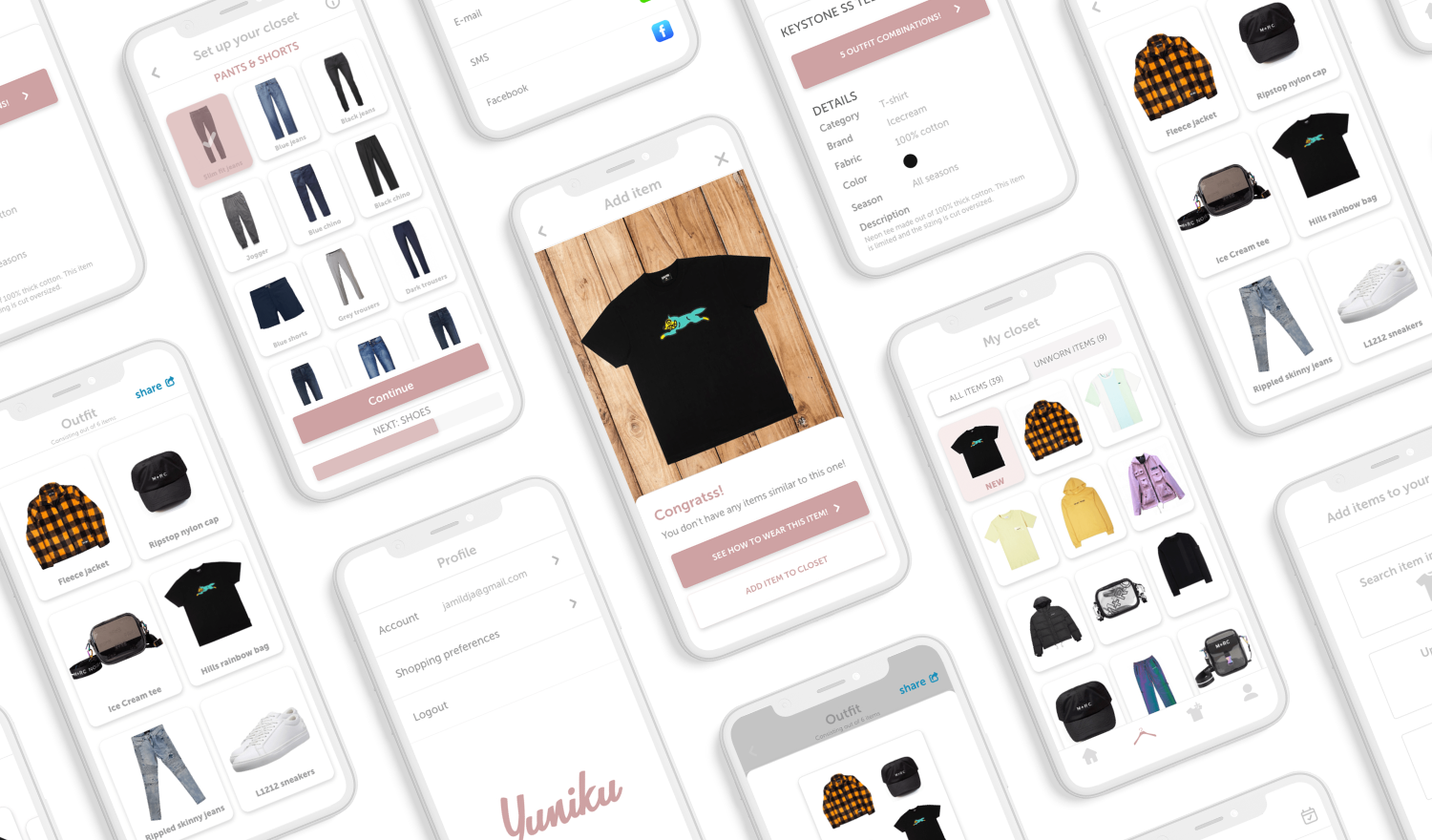
Introduction: Fast Fashion
Multinational clothing companies like H&M & Zara have new collections instore every week, with the latest copied trends for unrealistic low prices. These items are produced in low-wage countries in Southeast-Asia, where the working conditions of the workers are inhumane.
This phenomenon is known as ‘Fast Fashion’, the world 2nd biggest polluting industry.
The Ask
How can i make Fast Fashion buyers more aware of what they are buying online so that the amount of items they buy on a monthly basis decreases from 4+ items to 2 items a month?
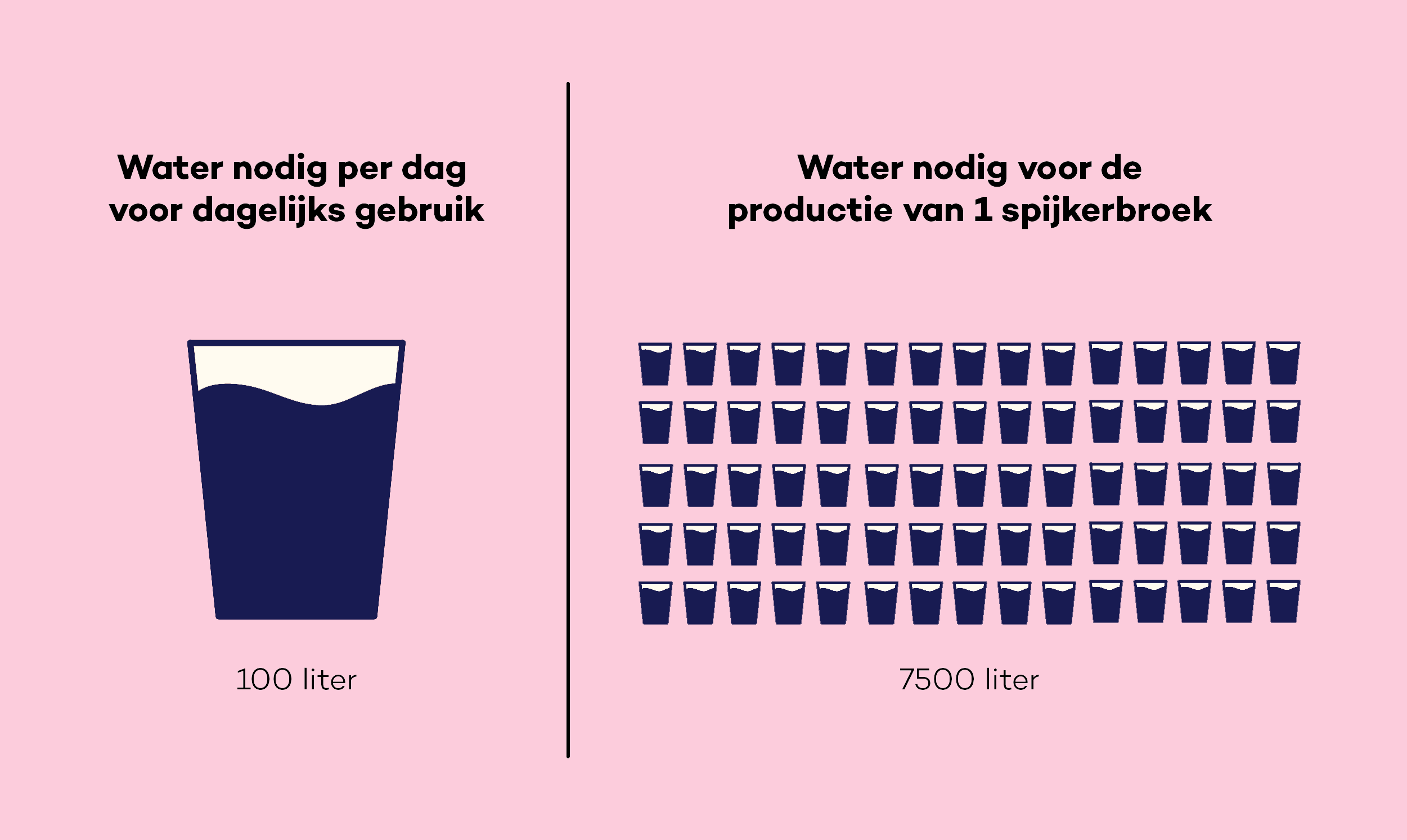
The First Steps
Firstly, I researched the Fast Fashion market and their different stakeholders.
Are the consumers aware of the dark side of the clothing they buy?
And if so, why do they still buy it?
And if not, what will make them stop buying it (sustainable alternatives)?
Research Methods
🔎 Desk Research
Research about the stakeholders: clothing stores, sustainable brands, the fabrics, fabric workers & the buyers.
🔬 Field Research
Observation & interviews on sight in H&M with random buyers who were about to purchase more than 4 items.
👩🏻🎓 Interviews
Interviews with 2 AMFI students about sustainable clothing and the impact it has and will have on the market.
👧🏽 Surveys with Fast Fashion Buyers
Based on this I determined the target audience are people between 15-25 who buy 4+ items per month.
Target Audience:
People between 15-25 who buy 4+ items per month.
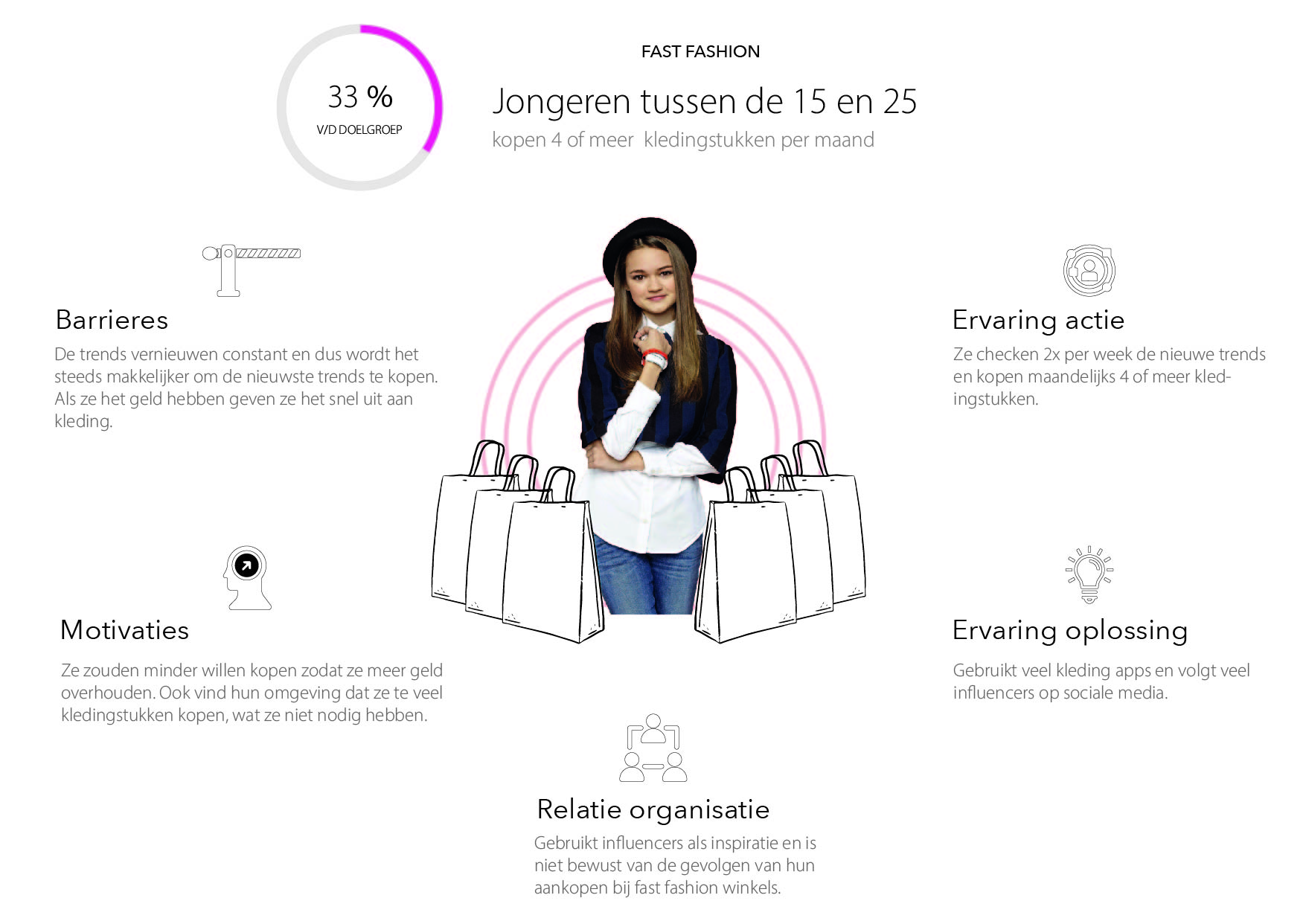
Behaviour Plan & Customer Journey:
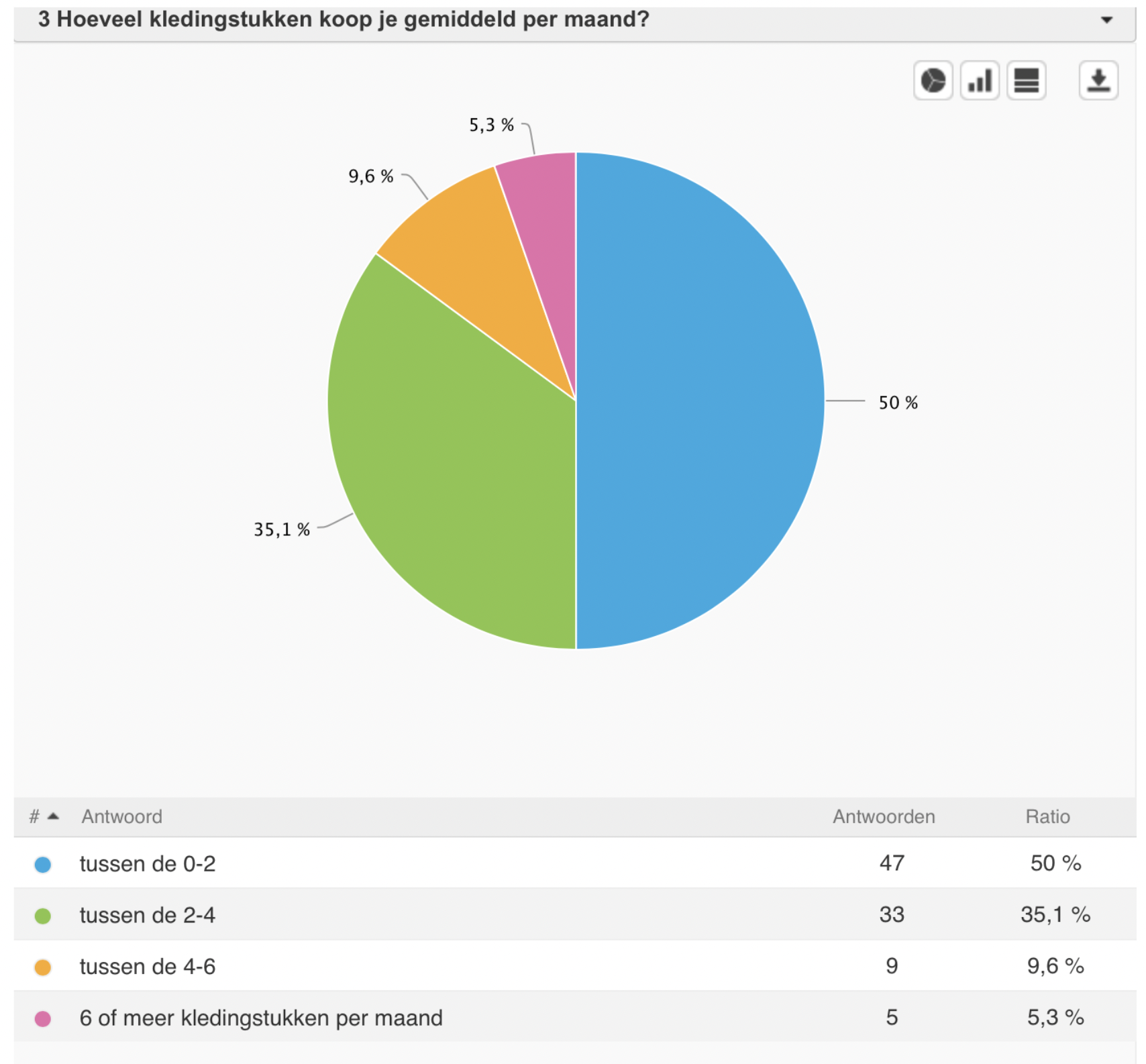
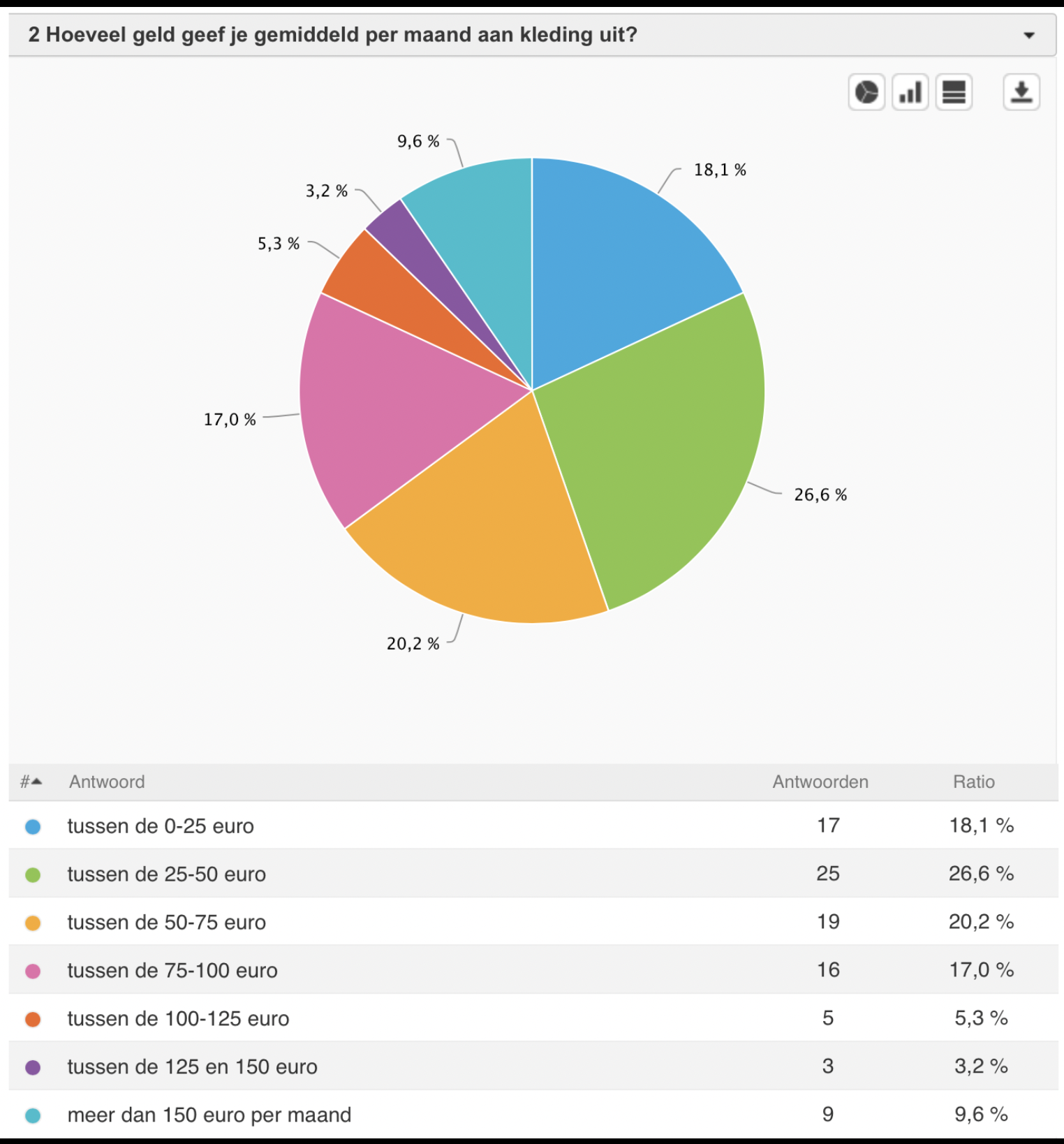
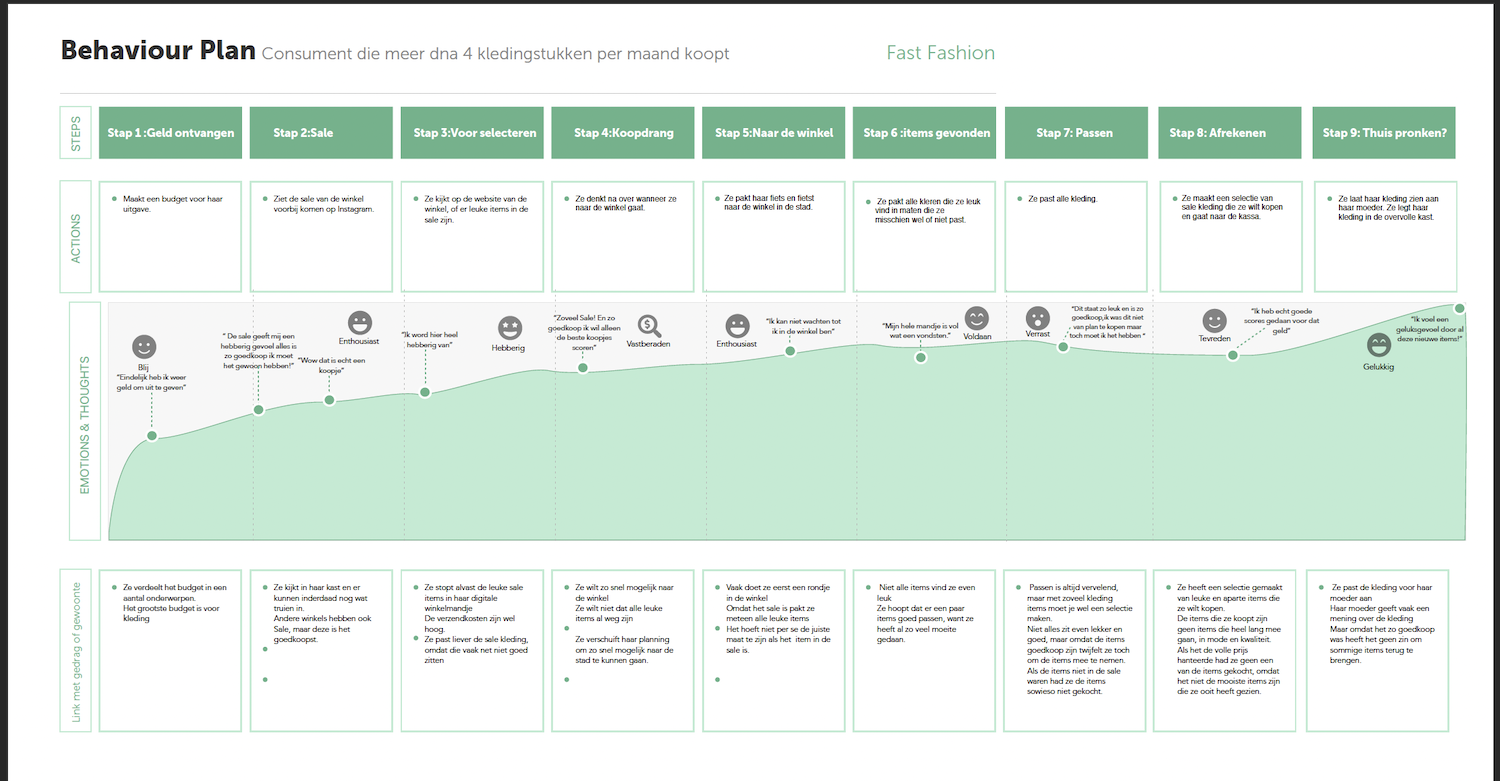
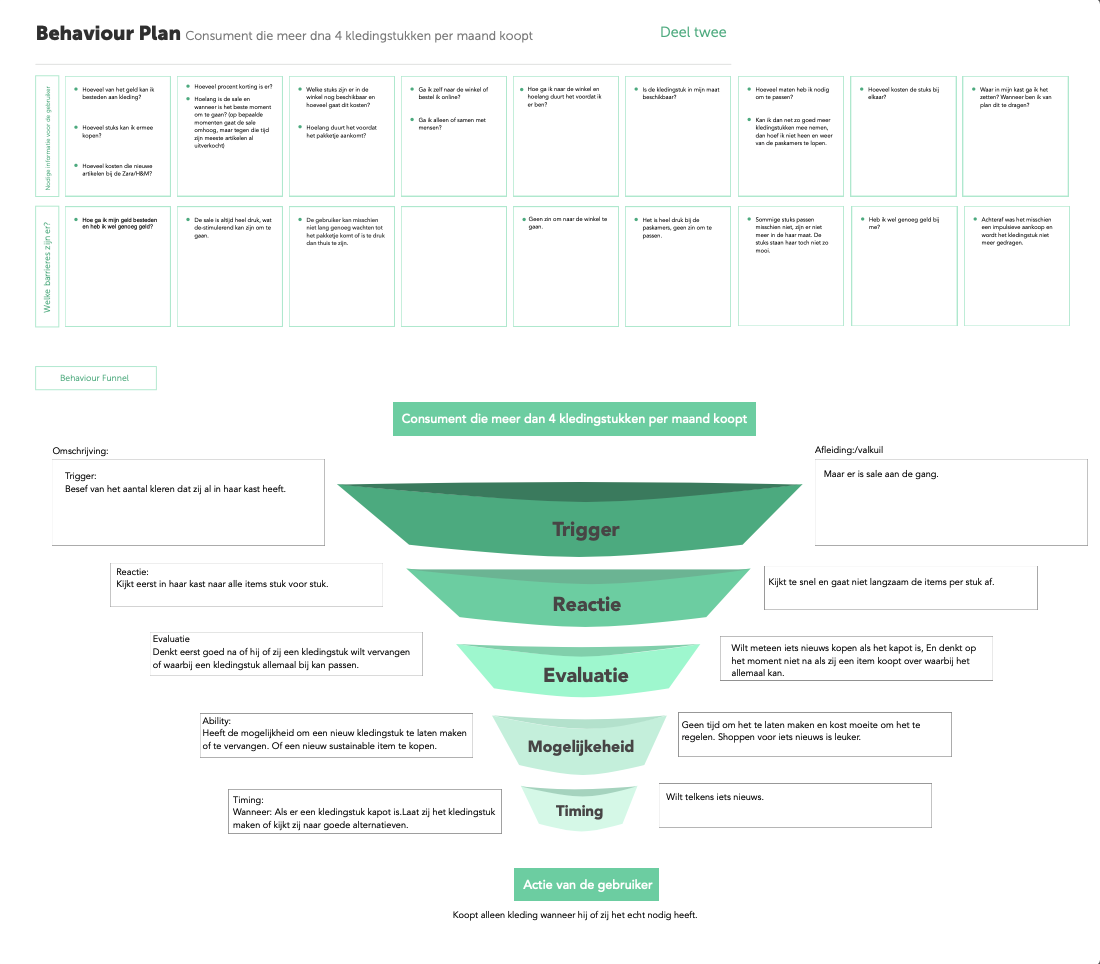
Key Insights of the target audience
🙉 Ignorance
A large portion is aware of the negative downside of fast fashion but still chooses to buy it.
👥 A 2nd Opinion Matters
They often go shopping alone, leading to a lack of a second opinion on whether the clothing item looks good, resulting in quicker purchases.
🙅🏽♀️ No Easy Alternatives
There is no interest in sustainable clothing. It requires too much effort, exertion, time, and money.
👕 Too Much Clothing
Because they buy so much clothing, they no longer know what hangs in their wardrobe. Old clothing quickly becomes irrelevant to wear.
💡Conclusion
Based on the key insights above, I’ll use an app where all the clothing is digitalised, to help the audience make their old clothing relevant again, suggesting outfit combinations and encouraging second thoughts before new purchases. By raising awareness of their wardrobe, the app aims to decrease the urge for unnecessary new items.
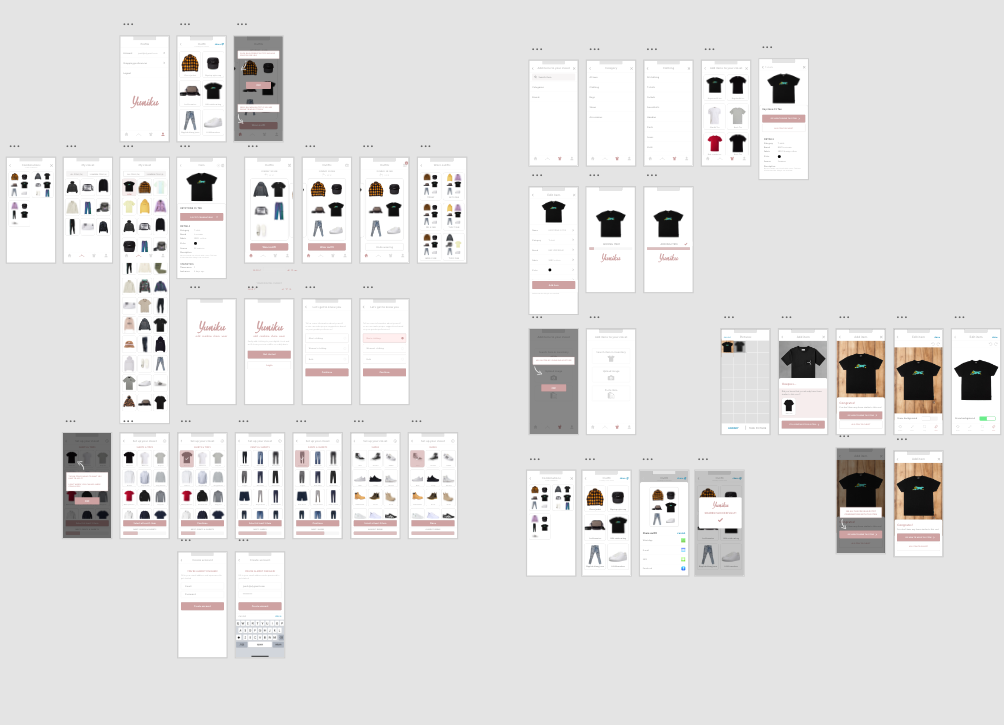
The first sketches & interactions
Lo-Fi
Upload a picture of a new item you want to buy before you buy it. The app will see if you already have similar items in your closet. If not, it will show all possible outfit combinations with that new item so that you can see if the item will match the rest of your closet. It will make you think twice before doing an impulsive purchase.
Hi-Fi
Easily add items buy making or uploading a picture of it, or just add it through searching it through the apps database.
User Tests: Add a new item to your closet
I tested adding a new item to the app with 3 persons. All of them didn’t look at the sustainable alternatives. Because when they are adding a new item, they are only interested in that specific item. That’s why I decided to remove the sustainable suggestions in the app.
I also changed to color, to make it more hip for the young target audience. But it still contains the brownish tints of sustainability together with a modern pink color.
User Tests: Set up your closet
To guide the user in the first steps of setting up his closet, I added an information text. After feedback that it took too much space, I changed it to a pop-up message, that than disappears into an icon.
The End Result: Yuniku


Your Digital Closet
Yuniku, the digital clothing app. Easily add items to the app and Yuniku will generate different new outfits for you on a daily basis.
Yuniku will recognize which items you have never worn or haven’t worn in a while and create new fresh outfits with these items.
This way, it becomes far more attractive to wear items you haven’t worn before.
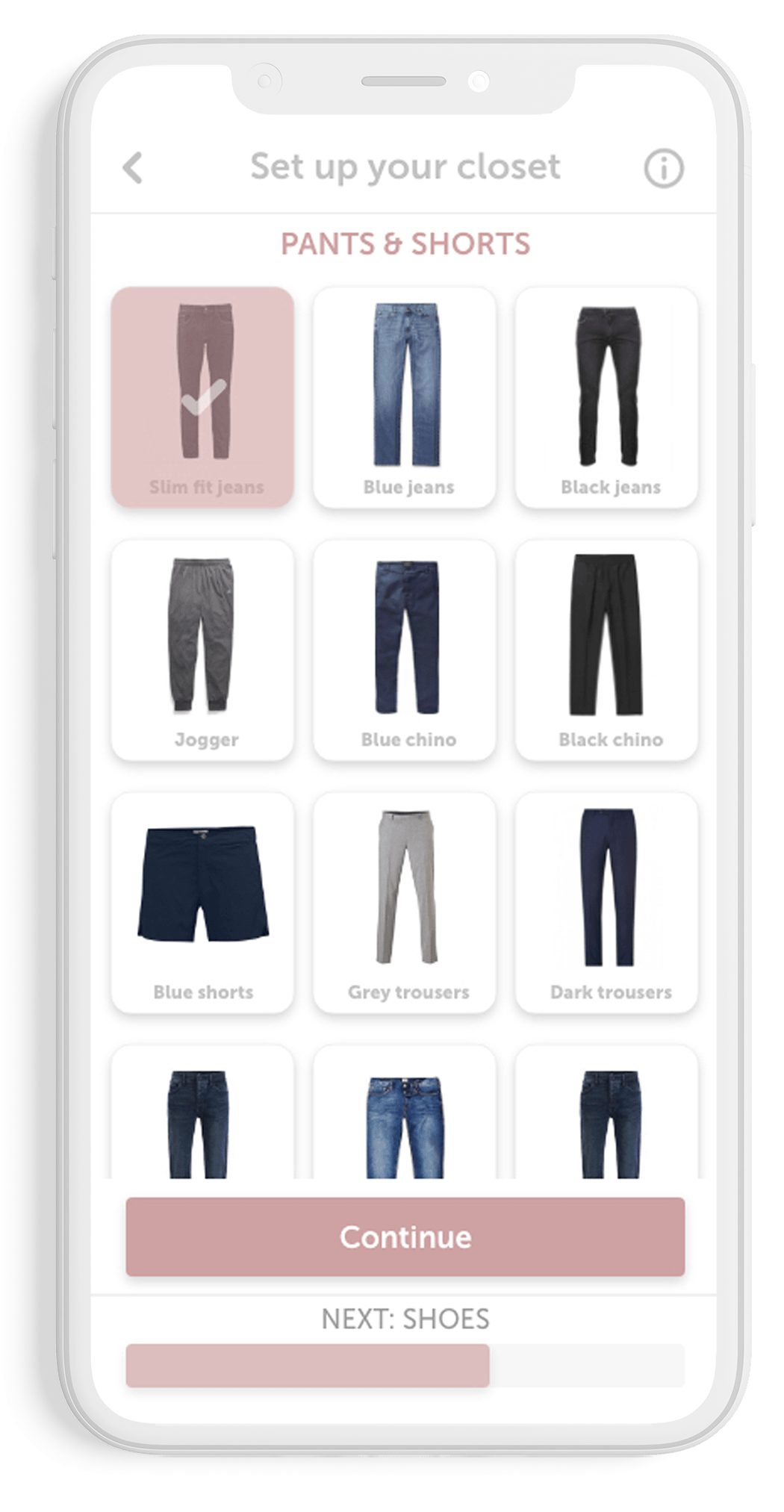
Add your clothing
With the assistance of a large database of existing clothing and brands, new users can easily add their clothing to the app.
This eliminates the need for them to take individual photos of each item to add to the app.
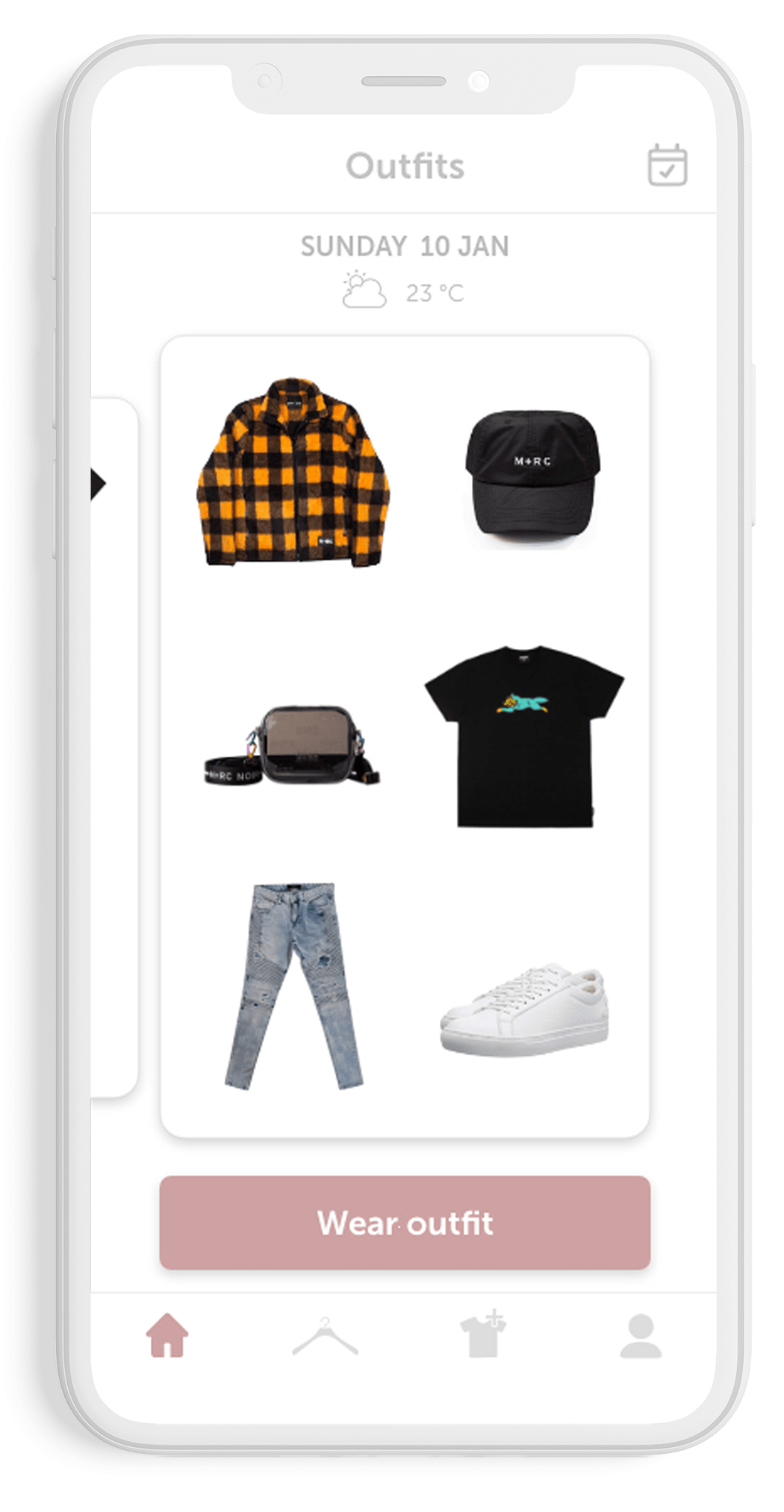
Outfit Combinations
The app suggests multiple new outfit combinations every day using your existing items. It will indicate which items you have worn infrequently or not at all, showcasing these items in new and surprising outfit combinations.
This keeps wearing all your items enjoyable, interesting, and relevant.
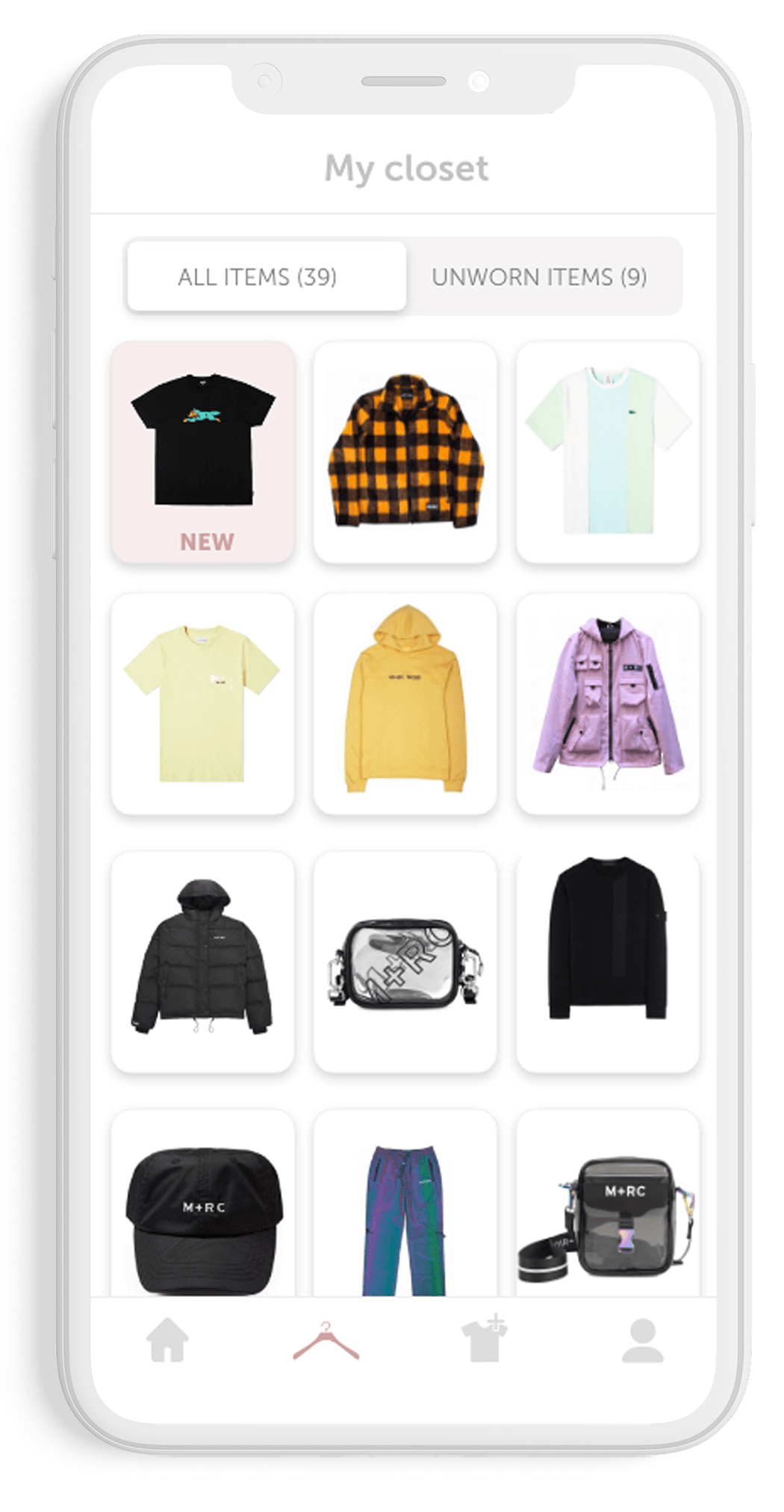
My Closet & Unworn Items
Thanks to the app, the user has a comprehensive overview of their clothing. The app will indicate which items they have worn infrequently or not at all.
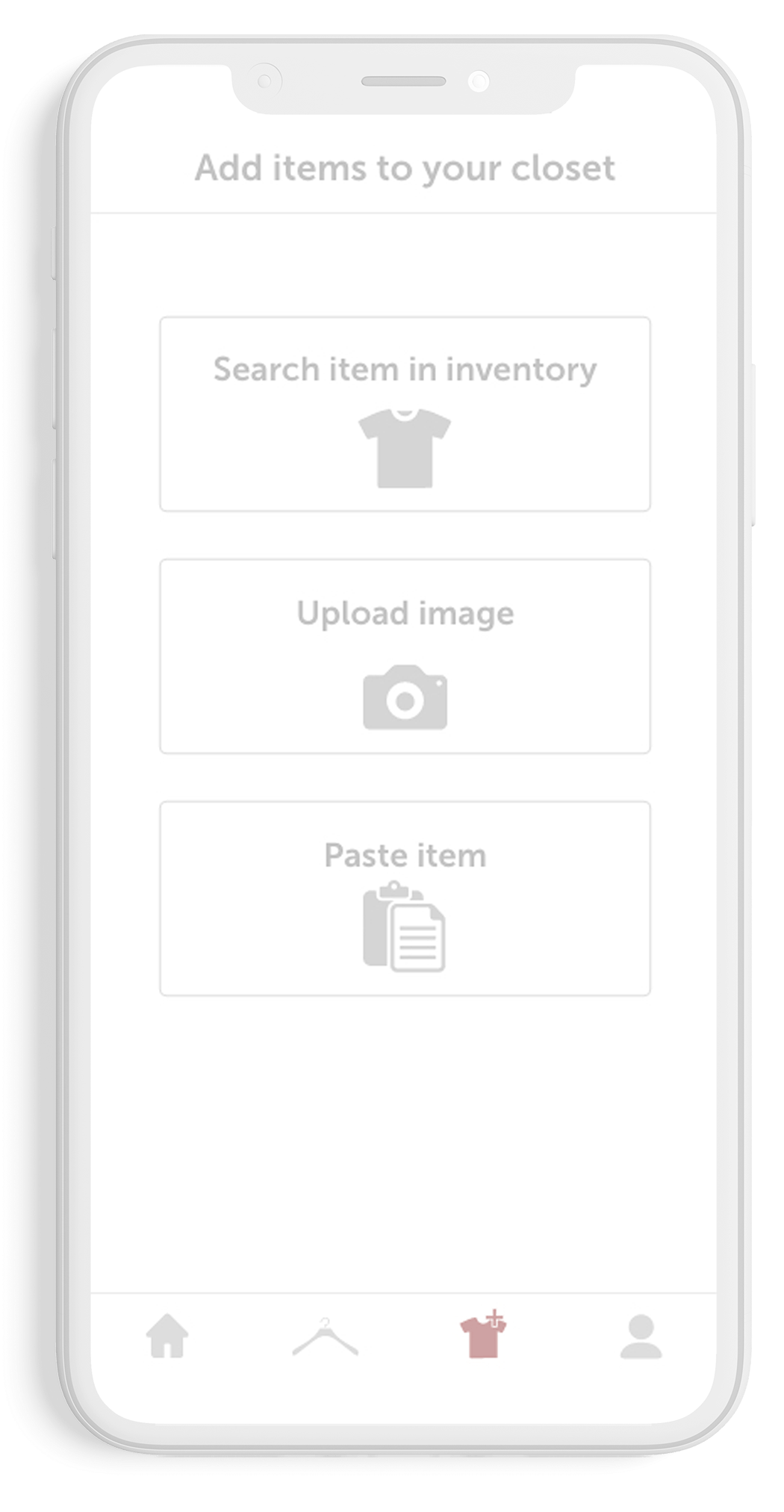
Add items
You can also add new items to the app by uploading or taking a picture. When you do this Yuniku will give you all the possible outfit combinations with this new item, so before you buy it you can already know if it fits your style.
The impulsive buying time will be slowed down this way.
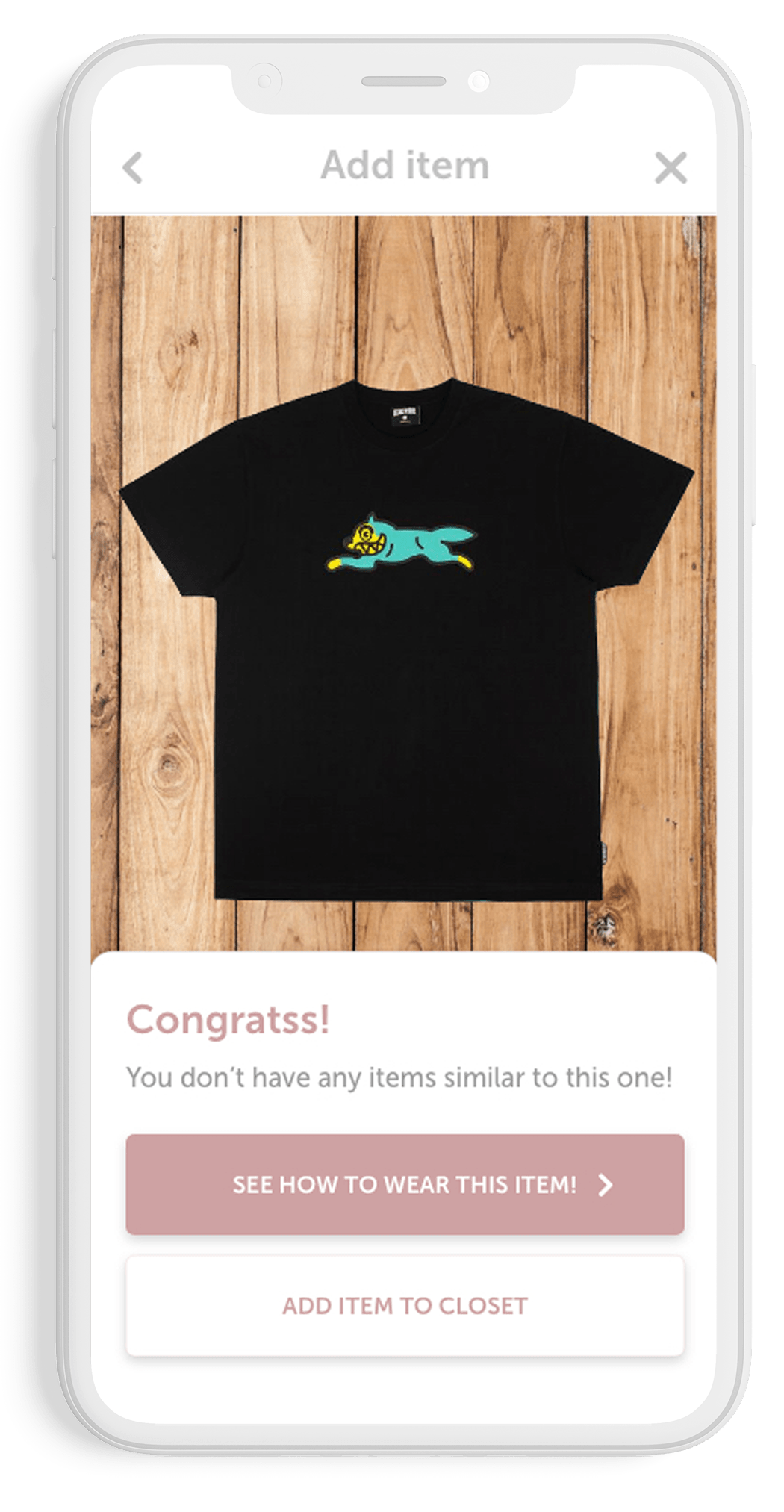
Possible outfit combinations
Additionally, the app recognizes, when you try to add a new item, whether you already have that item or something similar. The app then reminds you and shows outfit combinations with the items you already have.
This way, your old clothing items remain relevant and interesting to wear in new ways.
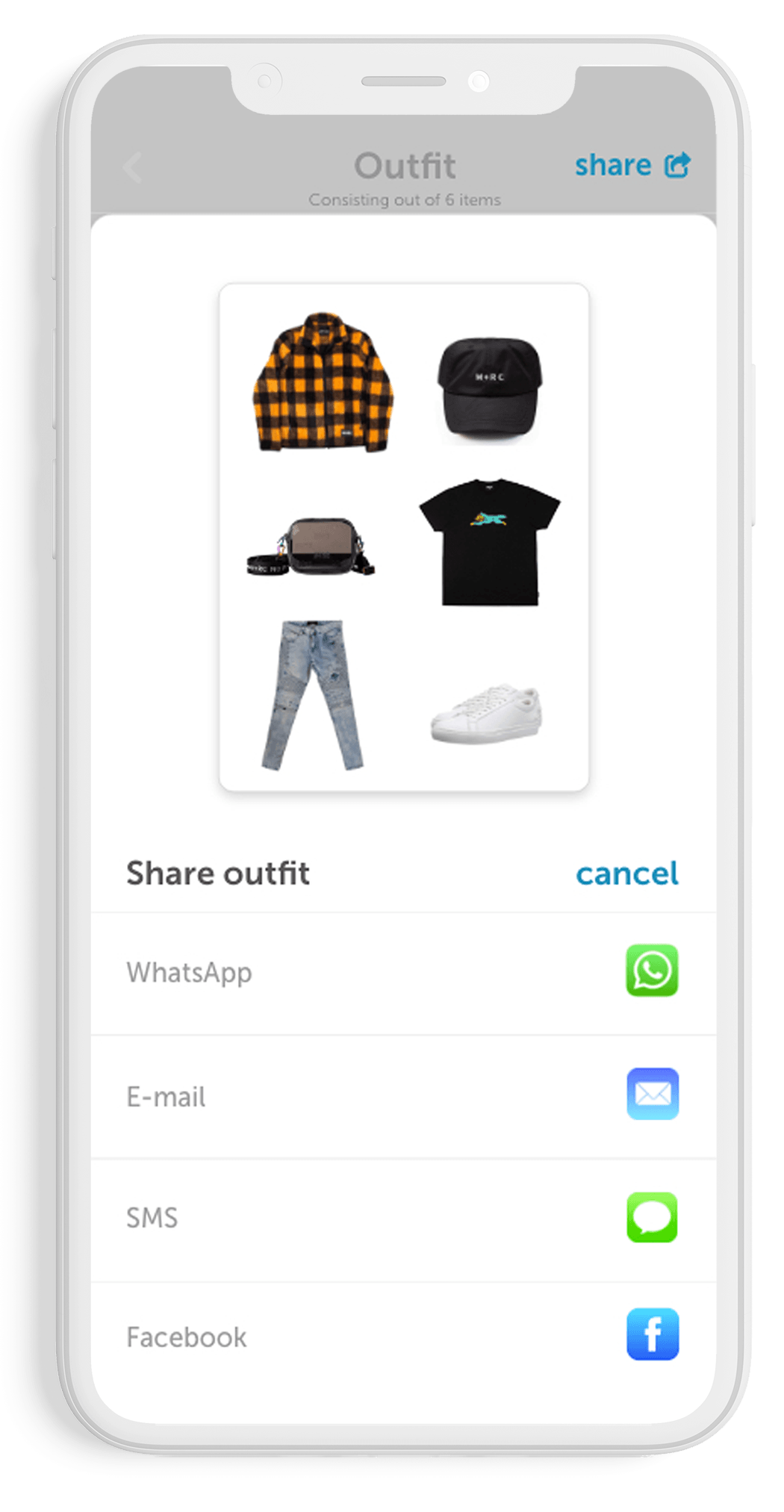
Share outfits
Share possible outfits with a an item you want to buy with friends to ask for a second opinion.
